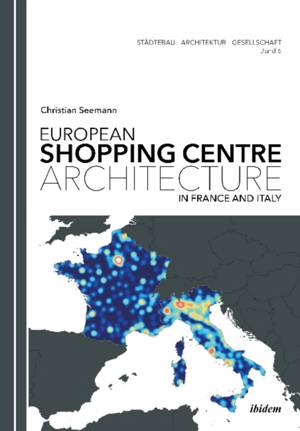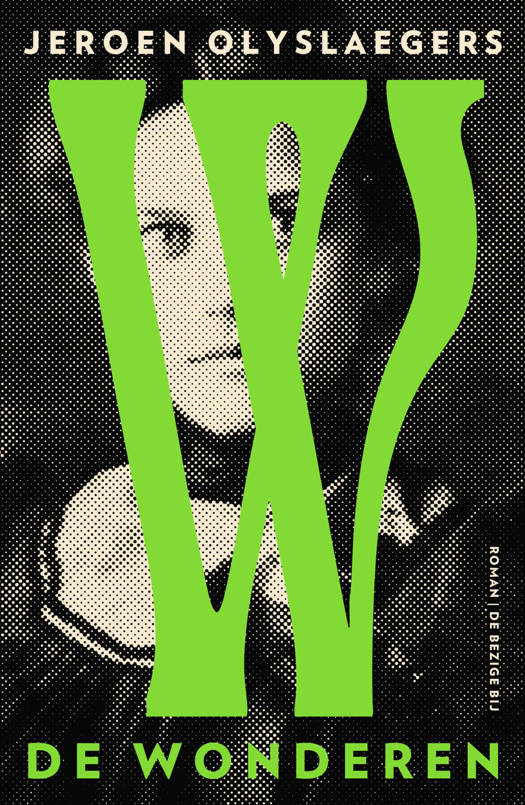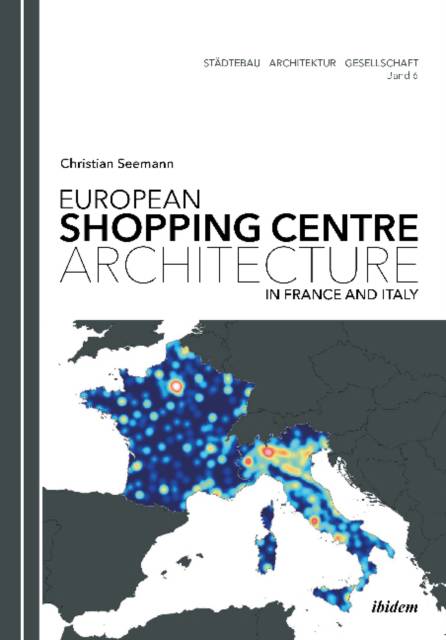
- Afhalen na 1 uur in een winkel met voorraad
- Gratis thuislevering in België vanaf € 30
- Ruim aanbod met 7 miljoen producten
- Afhalen na 1 uur in een winkel met voorraad
- Gratis thuislevering in België vanaf € 30
- Ruim aanbod met 7 miljoen producten
Zoeken
€ 115,45
+ 230 punten
Omschrijving
Within the past 40 years, shopping centres have increasingly formed the European cityscape and gained in importance, not only from an architectural and urban planning perspective, but also from an economic and social point of view. Owing to its rising significance, the European shopping centre necessitates an analytic statement on the part of architectural research.
By comparing the shopping centre sector of a selection of countries, this pilot project offers a holistic approach to a better understanding of the shopping centre's role in the architecture of our cities and the urban structure of our countries.
The project is organised in a top-down structure and subdivided in three research levels. Beginning with the survey of two European countries and their 1,616 shopping centres on the first level, the focus shifts towards a selection of 40 sector-relevant cities with 645 shopping centres on a second level, before focusing on eight cities with 124 shopping centres on the third and final level.
The deductive analysis of a rising number of basic key features on every research level aims to evidence the constants and variables of the building type. The constants outline the essential basic properties that are considered indispensable for the efficiency of a shopping centre. Again, the variables show the adaptation of these basic key features to the various local conditions and particularities, allowing conclusions in terms of their adaptation, improvement, difficulties, and opportunities.
Together, the outcomes of the three research levels assemble a detailed overall picture of the shopping centre sector from the perspective of architecture and urban development, leading to a general characterisation of the building type in the selected countries.
From a scientific perspective, the study offers a methodology and basis of comparison for the evaluation of other European countries while, from a practical perspective, the findings can be used as recommendations for future shopping centre projects.
By comparing the shopping centre sector of a selection of countries, this pilot project offers a holistic approach to a better understanding of the shopping centre's role in the architecture of our cities and the urban structure of our countries.
The project is organised in a top-down structure and subdivided in three research levels. Beginning with the survey of two European countries and their 1,616 shopping centres on the first level, the focus shifts towards a selection of 40 sector-relevant cities with 645 shopping centres on a second level, before focusing on eight cities with 124 shopping centres on the third and final level.
The deductive analysis of a rising number of basic key features on every research level aims to evidence the constants and variables of the building type. The constants outline the essential basic properties that are considered indispensable for the efficiency of a shopping centre. Again, the variables show the adaptation of these basic key features to the various local conditions and particularities, allowing conclusions in terms of their adaptation, improvement, difficulties, and opportunities.
Together, the outcomes of the three research levels assemble a detailed overall picture of the shopping centre sector from the perspective of architecture and urban development, leading to a general characterisation of the building type in the selected countries.
From a scientific perspective, the study offers a methodology and basis of comparison for the evaluation of other European countries while, from a practical perspective, the findings can be used as recommendations for future shopping centre projects.
Specificaties
Betrokkenen
- Auteur(s):
- Uitgeverij:
Inhoud
- Aantal bladzijden:
- 224
- Taal:
- Engels
- Reeks:
- Reeksnummer:
- nr. 6
Eigenschappen
- Productcode (EAN):
- 9783838208572
- Verschijningsdatum:
- 1/10/2015
- Uitvoering:
- Paperback
- Afmetingen:
- 194 mm x 291 mm
- Gewicht:
- 797 g

Alleen bij Standaard Boekhandel
+ 230 punten op je klantenkaart van Standaard Boekhandel
Beoordelingen
We publiceren alleen reviews die voldoen aan de voorwaarden voor reviews. Bekijk onze voorwaarden voor reviews.








